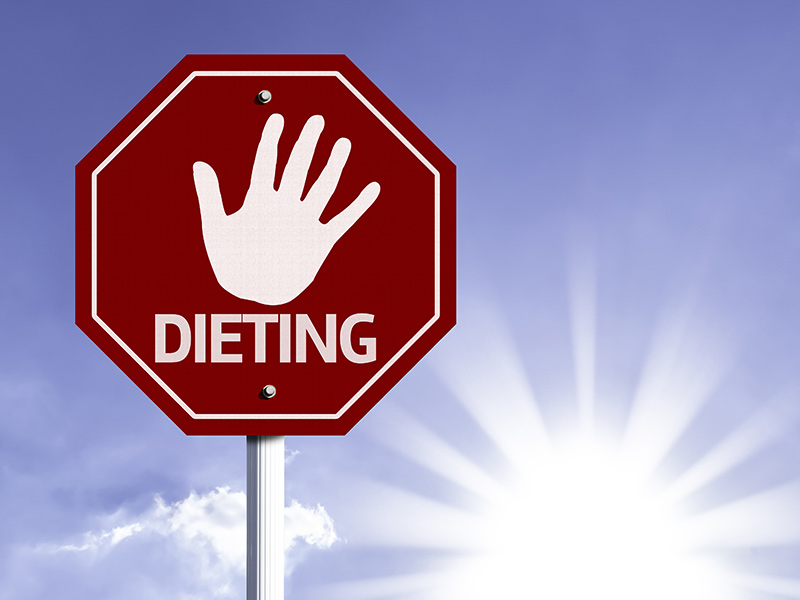TK Talks with Colleen O’Sullivan, RDN
Is Intermittent Fasting a Diet or Disorder?
by Colleen O’Sullivan, RDN
Diets come and diets go. The very popular keto diet has held on longer than most, no doubt due to the reality of real weight loss. The fact that people’s immediate and long-term health is often placed in jeopardy is rarely taken into account as the numbers on the scale finally move in the desired direction.
Even so, America always yearns for a new diet fad to latch on to. Enter: intermittent fasting. This is an umbrella term for designated times to eat and not eat. In other words, this diet has a degree of flexibility regarding approach. It can mean that no food is allowed after noon, or during a longer period of time of fasting, such as 18 to 48 hours.
During a fast, dieters might allow themselves water, coffee or tea. It is not unusual for them to feel light-headed, experience mood swings and irritability as well as a lack of energy. Due to plummeting blood pressure, they may feel dizzy and nauseous.
But as advertised, intermittent fasting often leads to genuine weight loss. For many, this translates into improved cardiovascular health and a reduction in the risk of developing Type 2 diabetes.
However, for those in the medical and behavioral health fields, this diet presents huge red flags. Many reasonably beg the question “How is this different from an eating disorder?” The answer is easy that it really isn’t.
Consider anorexia, an illness obsessed with calories and consumption, but above all, dedicated to restriction. A person with anorexia rigidly denies the body’s hunger, its need for food. An individual electing to forgo food for a 24 or 48-hour time block every week is doing the exact same thing. Not only are they refusing to provide their body with the fuel it requires to function well, they are denying it valuable nutrients.
Now, consider bulimia, an illness invested with bingeing and purging. This person will consume a great deal, then purge it through vomiting or excessive exercise. As in the above example, knowing that food will soon be cut out of the equation, a person anticipating a fast will probably eat more in preparation. This sounds like a mere variation on the binge/purge theme.
In both of these cases, if the individual is invited to a social gathering, drinks or dinner with a friend, do they go? Probably not. What about other normal aspects of a healthy life such as exercise, completing everyday tasks, sexual activity or satisfying sleep?
Although people may be well-intended when they embark of this new fad, it is a slippery slope, indeed. Dieting of any sort has long been known as a risk factor for an eating disorder. This is no different.
Here is how the scenario can unfold: as predicted, the person loses weight. This is a good thing. It was “that” difficult. So, why not turn a little loss into a bigger loss by extending the fast time? Transitioning from a healthy diet to a hazardous disorder is an easy shift; before that person knows it, they are addicted to the behavior.
All diets create and unhealthy and unnatural relationship with food. Moreover, they take a toll on a person’s body and overall health. If weight loss is the goal, slow and steady will inevitably win the race.
TK Contributor: Colleen O’Sullivan, RDN got her undergraduate degree from Eastern Illinois University and currently attends Lewis University for an MBA in health care. She has six years in the eating disorder field in many aspects of care including residential, partial hospitalization and outpatient. She’s currently a dietitian at Timberline Knolls’ Continuing Care PHP.
*The opinions and views of our guest contributors are shared to provide a broad perspective of eating disorders and not intended as endorsement by iaedp Foundation, Inc. or its Board of Directors.*






